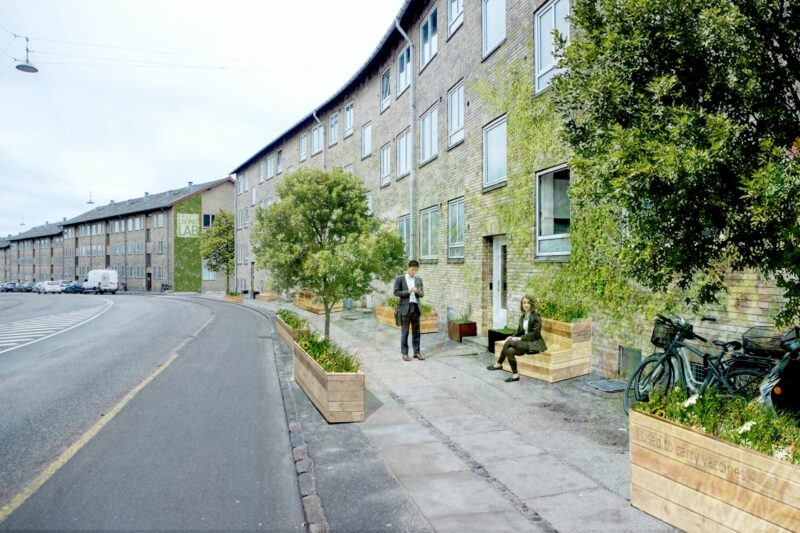Urban air and noise pollution are two major factors impacting the quality of life of city dwellers and causing significant harm both to our health and to the environment. A growing number of cities are considering strategic urban greening projects as a high impact economic solution to reduce noise and traffic vibrations and improve ambient air quality.
So how can cities leverage vegetation and green infrastructure to act as a barrier to these pollutants, creating a more inclusive urban environments and regenerating cities into healthier, more climate resilient hubs?
To test the associated benefits of green spaces, Arup’s climate and sustainability experts have teamed up with the Copenhagen Municipality, Aarhus University, the Lundehus school, and several housing associations and private companies in Denmark to design a Living Lab for Urban Nature.
Located in Emdrupvej, a street between Copenhagen’s Bispebjerg and Østerbro districts, the living laboratory will measure pollution at street level and test out creative solutions to improve urban space like flower planting, placement of vertical rain gardens and the reuse of building elements to design wooden urban furniture.
“By identifying the plant types that best reduce air and noise pollution, the Living Lab for Urban Nature aims to contribute to creating a resilient climate in cities, with better quality of life for people. ” Peter Vangsbo, Associate Director for Sustainability and Climate Service Arup












